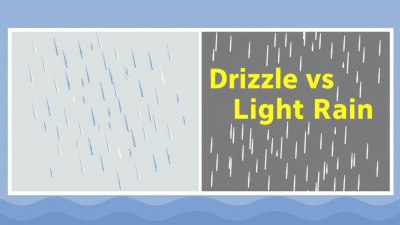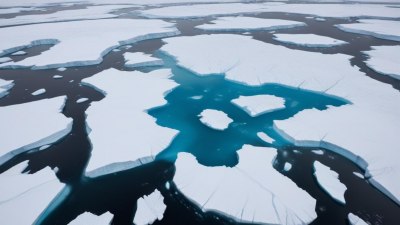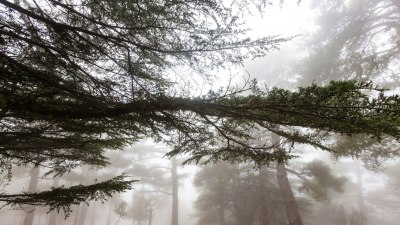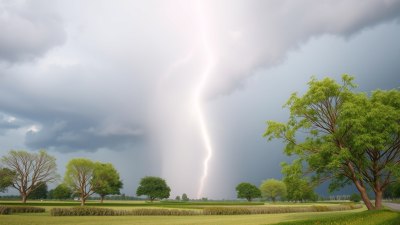What Is the Difference Between a Typhoon and a Hurricane
Explore the key distinctions between typhoons and hurricanes, including regions, formation, and impacts.
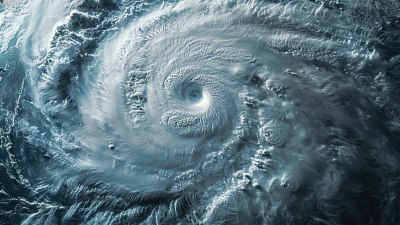
Image by cloudcoder on Freepik
Understanding the differences between a typhoon and a hurricane is essential for comprehending the broader phenomena of tropical cyclones. Both terms refer to powerful storm systems that form over warm ocean waters, but their characteristics vary depending on their location and certain meteorological factors. In this article, we will explore the definitions, formation, impacts, and similarities and differences between typhoons and hurricanes, shedding light on these dramatic meteorological events.
Definitions
A hurricane is a type of tropical cyclone that forms over the North Atlantic and Northeast Pacific oceans. The term 'hurricane' is derived from the Taino Native American word 'hurucane,' which means 'evil spirit of the wind.' In contrast, a typhoon refers to the same type of storm but is used specifically for tropical cyclones forming in the Northwest Pacific region. This naming distinction is rooted in geographical location and cultural differences.
Formation and Conditions
Both typhoons and hurricanes develop from disturbances in the atmosphere, typically when warm, moist air rises from ocean surfaces, leading to a drop in atmospheric pressure. As the warm air rises, it cools and condenses, releasing latent heat that fuels the storm. For both systems to form, certain conditions must be met: sea surface temperatures need to be at least 26.5 degrees Celsius (about 80 degrees Fahrenheit), there should be a significant amount of moisture in the atmosphere, and wind patterns must be conducive to the storm's rotation.
The Coriolis effect, which is caused by the Earth's rotation, plays a significant role in the development and intensification of these storms. The Coriolis effect helps create the characteristic spin of a cyclone, which is clockwise in the Southern Hemisphere and counterclockwise in the Northern Hemisphere. In the equatorial region, the Coriolis effect is too weak for cyclones to form, which is why hurricane and typhoon formation is largely restricted to specific latitudes.
Geographical Distribution
Understanding the geographical context of these storms is crucial. Hurricanes are typically found in the Atlantic Ocean, the Caribbean Sea, and the Eastern and Central Pacific Oceans. In contrast, typhoons are prevalent in the Northwest Pacific, notably impacting countries such as Japan, the Philippines, and parts of Southeast Asia. The origin of these cyclones largely influences the naming conventions used by forecasters and meteorologists.
Intensity and Rating
Both typhoons and hurricanes can reach similar intensity levels. The Saffir-Simpson Hurricane Wind Scale is commonly used to categorize hurricanes based on sustained wind speeds, ranging from Category 1 (minimal damage) to Category 5 (catastrophic damage). Similarly, typhoons are also classified along a similar scale, where the same wind speed thresholds apply. The classification helps communicate the potential impacts and allow communities to prepare accordingly for these dangerous storms.
Impacts and Damage
Whether a storm is categorized as a hurricane or a typhoon does not fundamentally change its potential for destruction. Both types of storms can deliver heavy rainfall, strong winds, and storm surges that can lead to flooding and erosion. The impacts on human life, infrastructure, and ecosystems can be devastating. Areas that experience these storms often face power outages, property damage, and loss of life. Furthermore, the aftermath requires significant recovery efforts, such as restoring utilities, rebuilding infrastructure, and providing assistance to affected populations.
Political and Cultural Context
Different regions may have unique cultural and political lenses through which they view and respond to hurricanes and typhoons. In the United States, hurricanes are often the focus of extensive media coverage and government preparedness initiatives, with resources allocated for evacuation orders, sheltering, and recovery. Conversely, typhoons may present varied responses based on local government capacities and regional preparedness due to the socio-economic challenges faced by countries frequently impacted by these storms.
Seasonal Variability
The hurricane season in the Atlantic runs from June 1 to November 30, with peak activity typically occurring from late August to early October. On the other hand, the typhoon season in the Northwest Pacific can vary, but the majority of typhoons occur between May and November, with August and September being peak months. This seasonal variability is influenced by factors such as ocean temperatures, climate patterns, and other atmospheric conditions that differ in these regions.
Climate Change Considerations
The effects of climate change are now evident in the frequency and intensity of storms across both the Atlantic and Pacific basins. Waters continue to warm, and these changes impact the conditions necessary for typhoon and hurricane formation and intensification. Many scientists suggest that climate change may be leading to stronger and more destructive storms, with changes in typical hurricane and typhoon patterns resulting in newer challenges for affected communities.
In summary, the difference between a typhoon and a hurricane lies primarily in their geographical location, with 'hurricane' referring to storms in the North Atlantic and Northeast Pacific and 'typhoon' for those in the Northwest Pacific. Despite this difference in nomenclature, these powerful storm systems share similar characteristics and potential for significant impacts, including destruction, flooding, and loss of life. As they continue to evolve under the influences of climate change, understanding these storms is more critical than ever for keeping communities safe and prepared.



